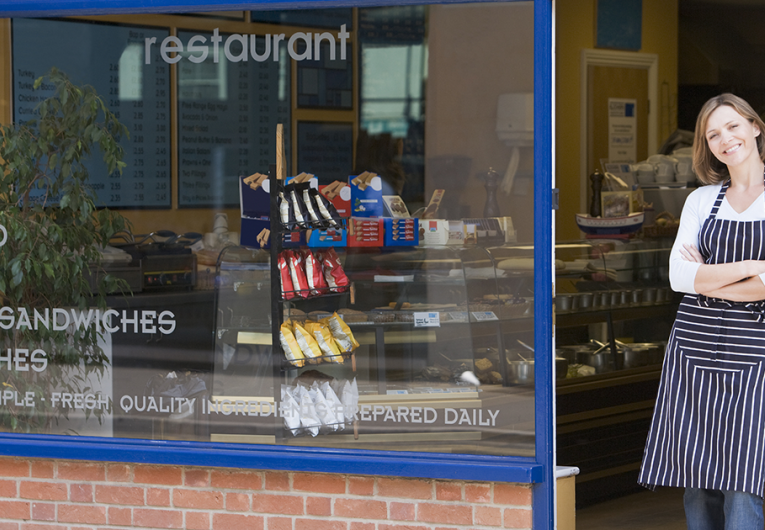
Checklist for Surviving Slow Season
From restaurants and hotels to manufacturers and construction companies, virtually all businesses must deal with times of low demand. These slow seasons of the year present an enormous challenge. Your business isn’t bringing in the revenues that are normally available, but you still have to pay a host of fixed costs. Only through careful adaptation can you weather all this and return to high profitability when demand picks back up. The following checklist will help you make the most of the slow season:
Save for the Slow Season
Because you aren’t bringing in as much revenue but still need to pay your bills, it’s important to set aside some of the cash you earn during the high season. Ideally, you should have enough to pay twice the value of your ordinary bills— this lets you survive if there is an unexpected increase in costs. You should also maintain a good relationship with your local bank so you can take out a loan at low interest if your cash ever proves insufficient.
Cut Seasonal Costs
While you can’t eliminate all operating costs in the slow season, there are many opportunities to minimize them. Power down any facilities or equipment that you don’t absolutely need during this season. Likewise, consider hiring employees as seasonal workers if you only need them certain months of the year. You may also want to see if your phone, internet, or other service providers offer seasonal options where you can scale back the services you buy during certain parts of the year.
Pursue Alternative Profits
The same seasonal conditions that cause your ordinary revenues to fall may create opportunities for alternative income. For example, if you have a fleet of trucks but don’t need them all during the winter, you might rent them out to someone else who can use them. You can also sublease workspace, office equipment, and countless other resources that many companies and individuals would be happy to pay for.
Offer Discounts
If you think you can boost slow season demand with a temporary discount, don’t hesitate to do so. Not only can this help you earn more revenue in the short term, it also gets customers to try your products. If they end up liking what they buy, they’re more likely to come back during other seasons, raising your revenue throughout the year.
Plan for the Future
Even after taking these steps, you will still be doing less business during the slow season. This means that you and your staff will have more free time on your hands - put this to good use. Begin reviewing projections for the following year, and come up with a plan to increase your sales and market share once demand goes back up. This way, you can more than make up for lost revenues when the off-season ends.
The trends, insights, and solutions you need to grow your business.
By signing up, you’re subscribing to our monthly email newsletter, The
Wire. You may unsubscribe at any time.
Your information stays safe with us. Learn more about our privacy
policy.











![[#MSP_NAME#] Logo](/themes/sparklight_business/images/transition-logos/migration-banner-logo-[#MSP_CD#].png)
